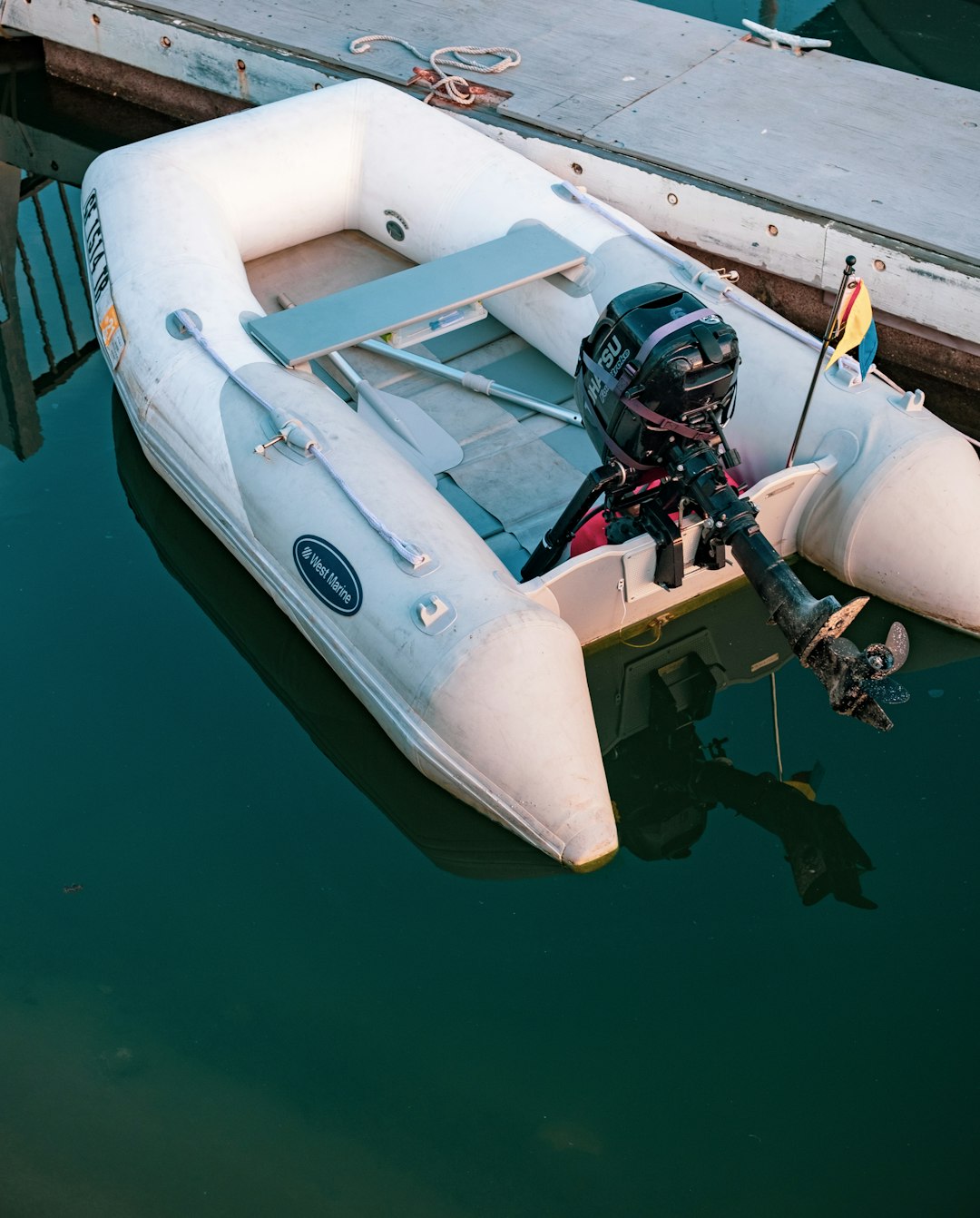Choosing Boat Propellers

The diameter of a boat propeller is determined by the distance from the outer edge of a blade to the center of the propeller shaft, referred to as the 'fillet'. The radius is measured from the hub to the outermost point of the blade, which is measured from the separation of the leading and trailing edges. The 'blade edge' is the area closest to the forward end of the hub when viewed from the stern of a vessel. When providing forward thrust, the edge retracts away from the water flow. You can click on this page for more infromation about boat propellers.
Stainless steel propellers have higher rake angles and can be oiled or reconditioned to improve performance and fuel economy. The 'Cup' feature reduces RPM and makes propellers more efficient. While heat-treated stainless steel propellers can be repaired by hand, grinding can reduce performance and create imbalances. Also, excessive grinds can make the blades uneven, which will decrease fuel efficiency and decrease boat acceleration.
The height of the propeller affects how fast the boat can go, how maneuverable it is, and how efficiently it consumes fuel. The mounting height of a boat engine affects how efficiently the prop performs. It should be level with the bottom of the vessel, and the anti-ventilation plate should be aligned with it. If a hole is missing, lower the engine mounting height a hole at a time, until the engine is level with the bottom. To keep the speed constant, a two-inch-pitch propeller is ideal for water skiing or tow sports. However, this type of propeller has a slower acceleration. Click here to learn more about boat propellers.
Boat propellers are designed to maximize acceleration, but not at the expense of reducing fuel efficiency. Choosing the right propeller is essential to improve the performance of your engine and your boat. By choosing the proper boat prop, you can increase your RPM and improve engine performance. You can make upgrades as needed by assessing your specific needs. You may want to upgrade to a newer, higher-performance model. The most important aspect is the weight of the blades.
If you notice that the propeller is leaking oil, then it may be an indicator that the propeller has been damaged. If you see milky-colored oil in the water, this could indicate a problem with the seal. A replacement propeller can be costly. Whether it's a standard or custom-made propeller, the choice will ensure the best overall performance of your boat. When considering the size of a propeller, consider the type of engine you need.
Propellers that have three blades typically fill up fifty to fifty-five percent of the area of the propeller's circle. A four-bladed propeller will fill up sixty to sixty percent of this space. This can increase thrust and fuel economy, but it may reduce boat speed by fifty to one hundred rpm. It's important to find a propeller that matches your boat's needs and will last for many years. To familiarize yourself more with this topic, it is best that you check out this post: https://en.wikipedia.org/wiki/Propeller.